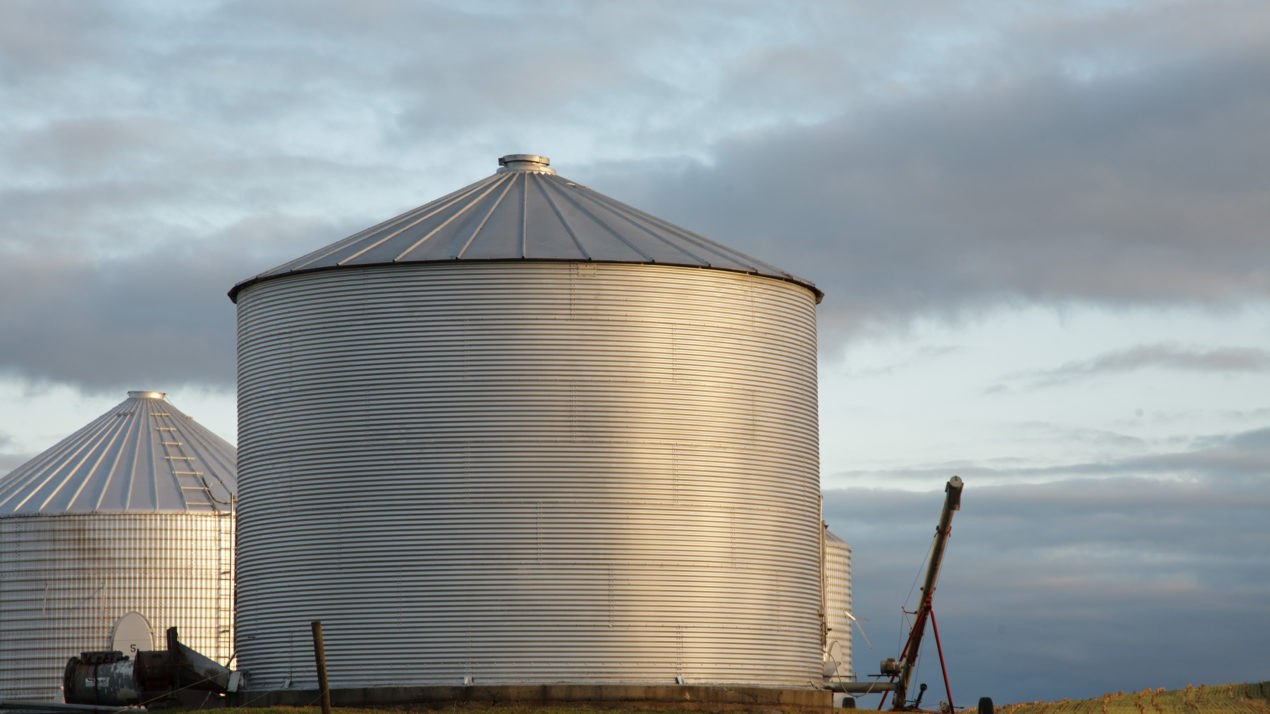
Wisconsin’s on-farm storage capacity on Dec. 1 was 380 million bushels. That number hasn’t changed since December 2022, according to the latest grain stocks report from the National Agricultural Statistics Service.
Wisconsin’s 310 off-farm storage facilities had a capacity of 405 million bushels, unchanged from the previous year. As of Dec. 1, Wisconsin had a total of 785 million bushels of storage capacity.
On-farm capacity includes all bins, cribs, sheds, and other structures on farms that normally store whole grains, oilseeds, or pulse crops.
Off-farm capacity included all elevators, warehouses, terminals, merchant mills, other storage, and oilseed crushers, which store whole grains, soybeans, canola, flaxseed, mustard seed, safflower, sunflower, rapeseed, Austrian winter peas, dry edible peas, lentils, and chickpeas/garbanzo beans.
Corn stored in Wisconsin on Dec. 1 totaled 453 million bushels, up 9 percent from December 2022. Of the total stocks, 57 percent were on-farm. The September-November indicated disappearance totaled
173 million bushels, 11 percent below the 195 million bushels from the same quarter the previous year.
Soybeans stored in Wisconsin on Dec. 1 totaled 83 million bushels, down 7 percent from December 2022. Of the total stocks, 33 percent were on-farm. Indicated disappearance for September-November 2023 was 31.5 million bushels, 8 percent below the 34.4 million bushels from the same quarter the previous year.
